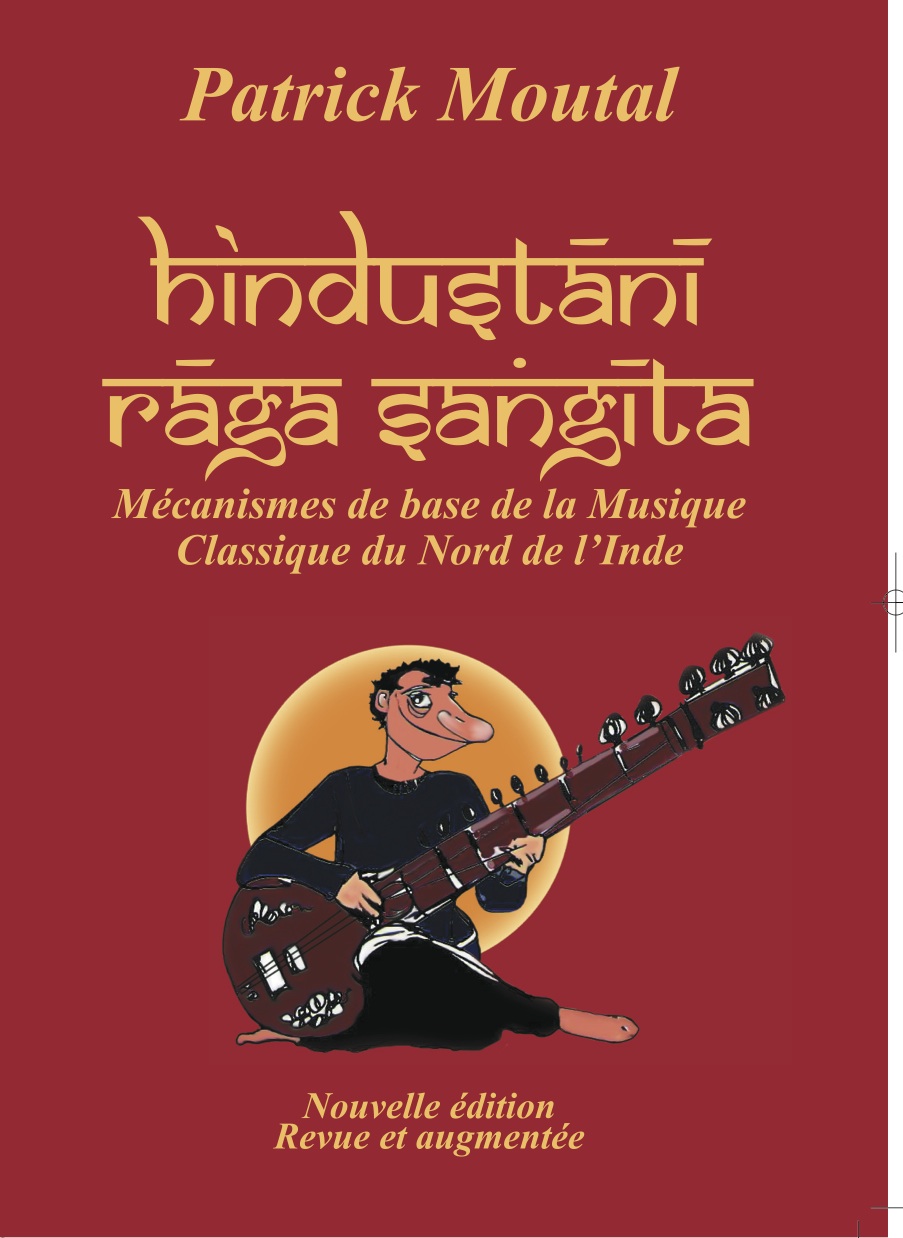Amarnathji is a sitarist from Banaras and was, in my days, the best performing radio artist on sitar in the whole of U.P.. He is also a friend and a very nice person.
Imrat, Khan with Vajahad Khan & Shaafat Hussain Khan, Desh. This archive was presented to me by Dr. Noor, in Switzerland.
Since morning, tons of articles and messages have been posted in the Newspapers, on the Web, FaceBook, Twitter and the like about the demise of Panditji and all give a synopsis of his life-work (most of the texts copying what has been said in the main press agencies).
All these press releases and words of "experts" make me feel uneasy and sad.
If Ravi Shankar, like is alter-ego, Vilayat Khan, has always been subject to passionate controversies, Ravi Ji will unquestionably remain the Indian artist who brought Hindustani music to the West. From a musical view-point, he has been one of the very rare instrumentalists who had a real knowledge of Raga-s. Last but not least, he had the best right-hand of all contemporary sitarists and his jod development is a model of the kind and will continue to resonate in our ears.
Here is an alap and jod in rag Maru Bihag
You may also want to hear his Charukeshi and Manjh Khamaj, 2 videos posted on the site some time back : an excerpt of the mythic live performance of the 1974 Bengla Desh concert. At last, do listen to his 78rpm discs which - for me - are among the best audio records of Ravi Ji as well as his interpretation of rag Lalit.
Depuis ce matin, des tonnes d'articles et de messages circulent dans la presse, sur le Web, FaceBook, Twitter pour annoncer le décès de Panditji et résumer son oeuvre (la plupart des textes reprenant, vite fait - mal fait - l'annonce de l'AFP). Tous ces communiqués de presse et ces paroles "d'experts" me chagrinent.
Si Ravi Shankar, tout comme son alter-ego Vilayat Khan, a été l'objet de controverses, souvent très passionnées, Raviji restera celui qui a apporté la musique hindoustanie à l'occident. D'un point de vue musical, il a été un des très rares instrumentistes qui avait une véritable connaissance des raga-s. Enfin, il avait la plus fabuleuse main droite des contemporains du sitar et son développement du jod inégalé continuera à résonner dans nos oreilles.
Voici une assez ancienne video de Pandiji où il développe un alap et un jod sur le rag Maru Bihag.
Vous pouvez également revisionner 2 anciennes vidéos postées sur le site il y a déjà longtemps, où il interprète les rag-s Charukeshi et Manjh Khamaj dans ce concert mythique de 1974 pour le Bangla Desh. En enregistrements audio, je vous conseille de ré-écouter ses 78t qui sont - pour moi - ses meilleurs enregistrements audio (même si la qualité sonore de ces archives est inversement proportionnelle à la qualité musicale) ainsi que son interprétation du rag Lalit.
Extraits video d'un documentaire (09:27) pour Antenne2 de Georges Luneau datant, je crois, de 1979, où je suis interviewé et où on me voit en train de faire des gammes à Bénarès.
Video excerpts of a french TV documentary (09:27), produced by Georges Luneau, and shot, I think, in 1979, where I am interviewed and where you can see me playing scales in Varanasi. Sorry, the interview is in french.








